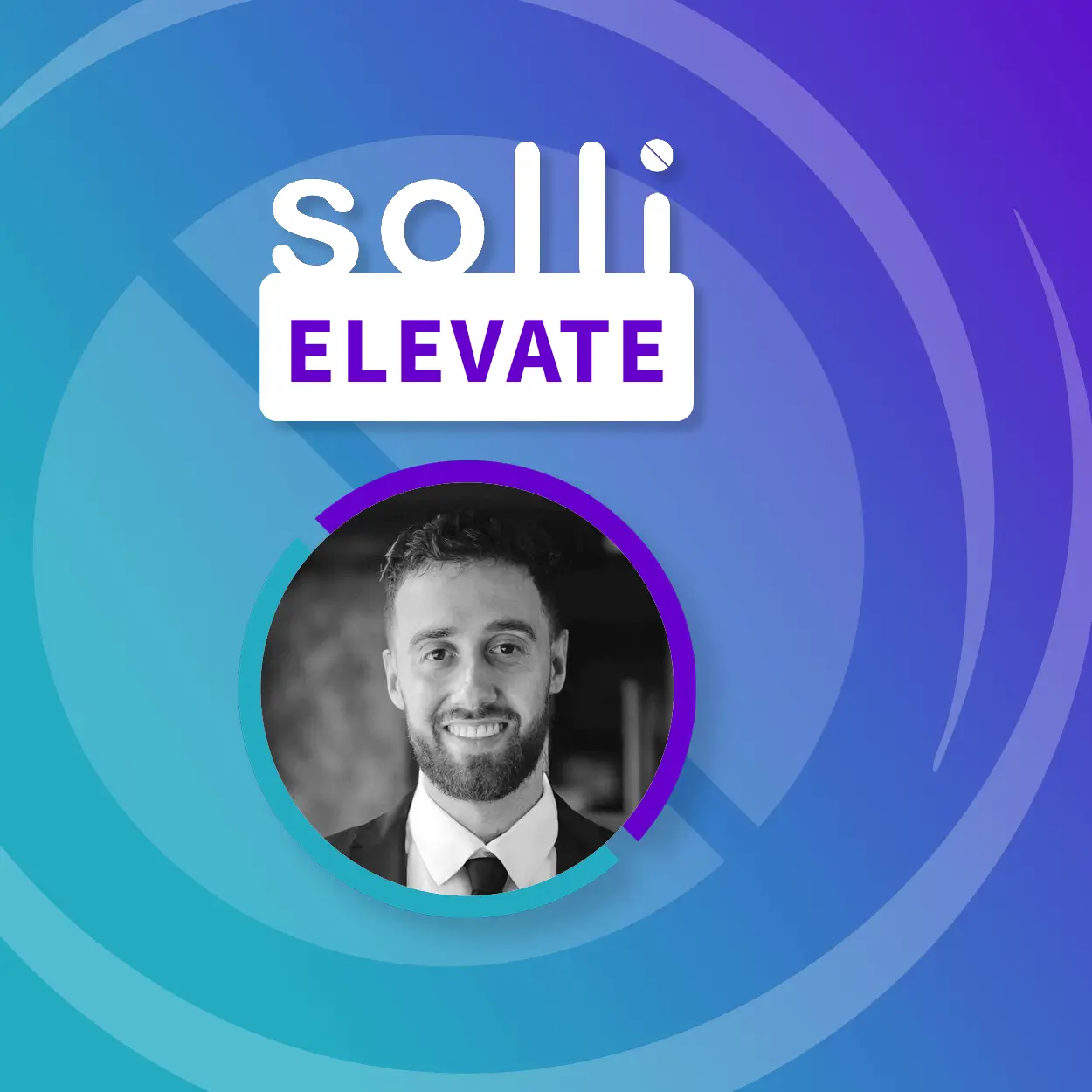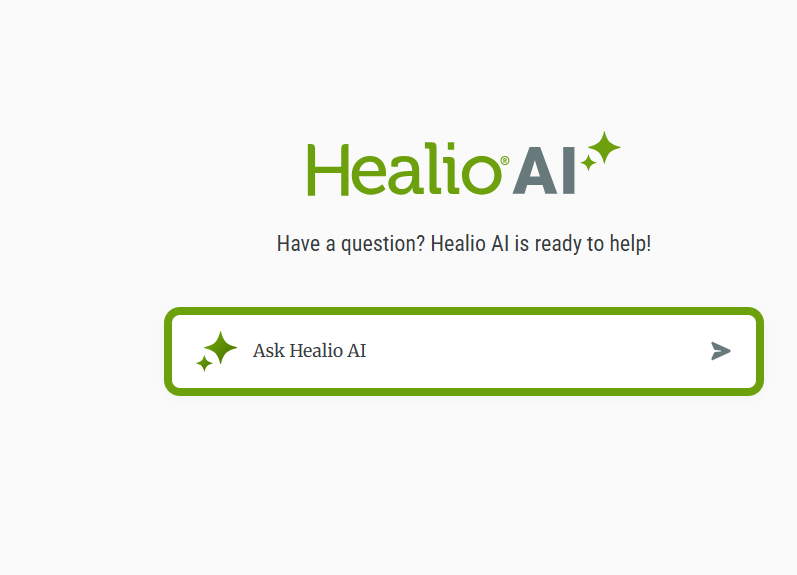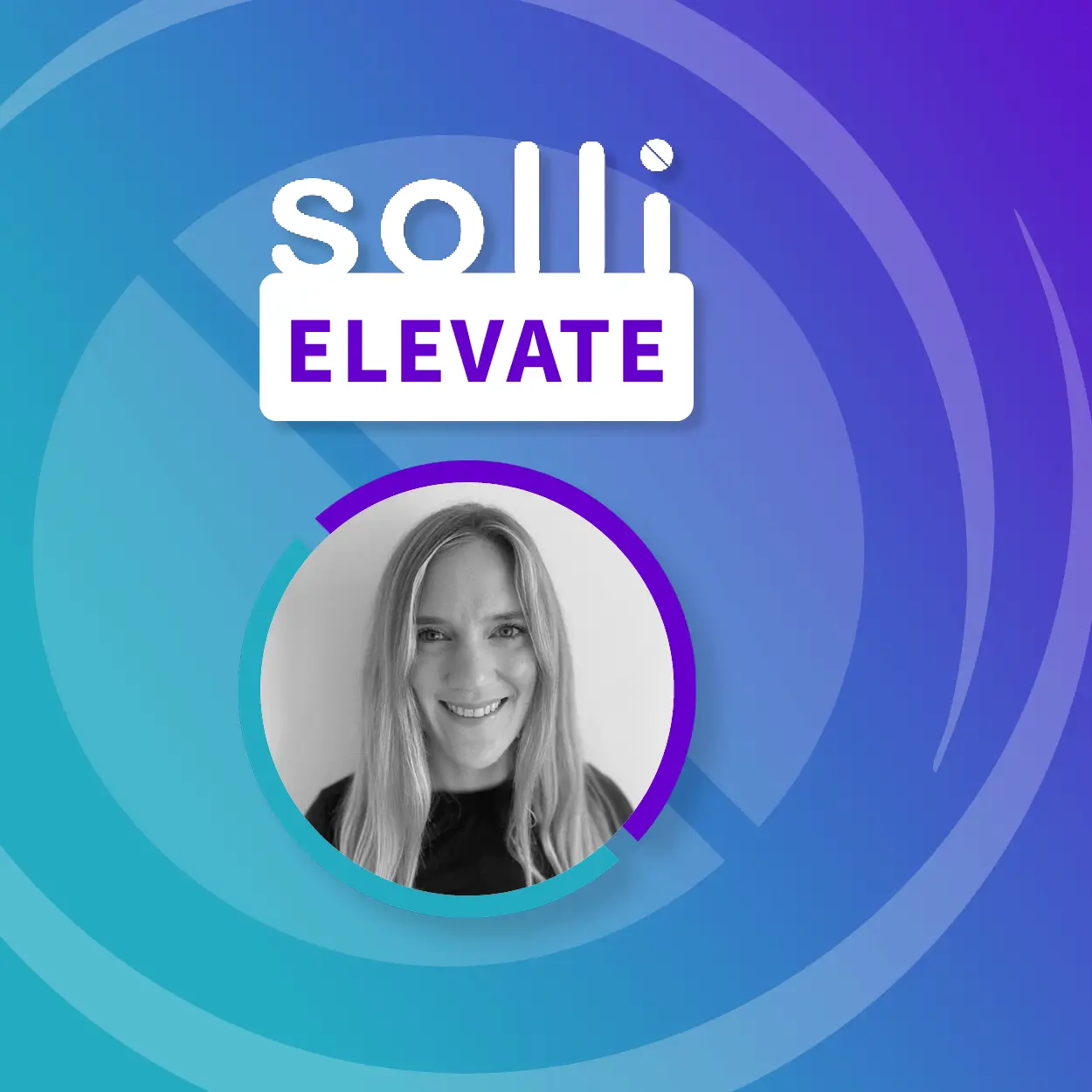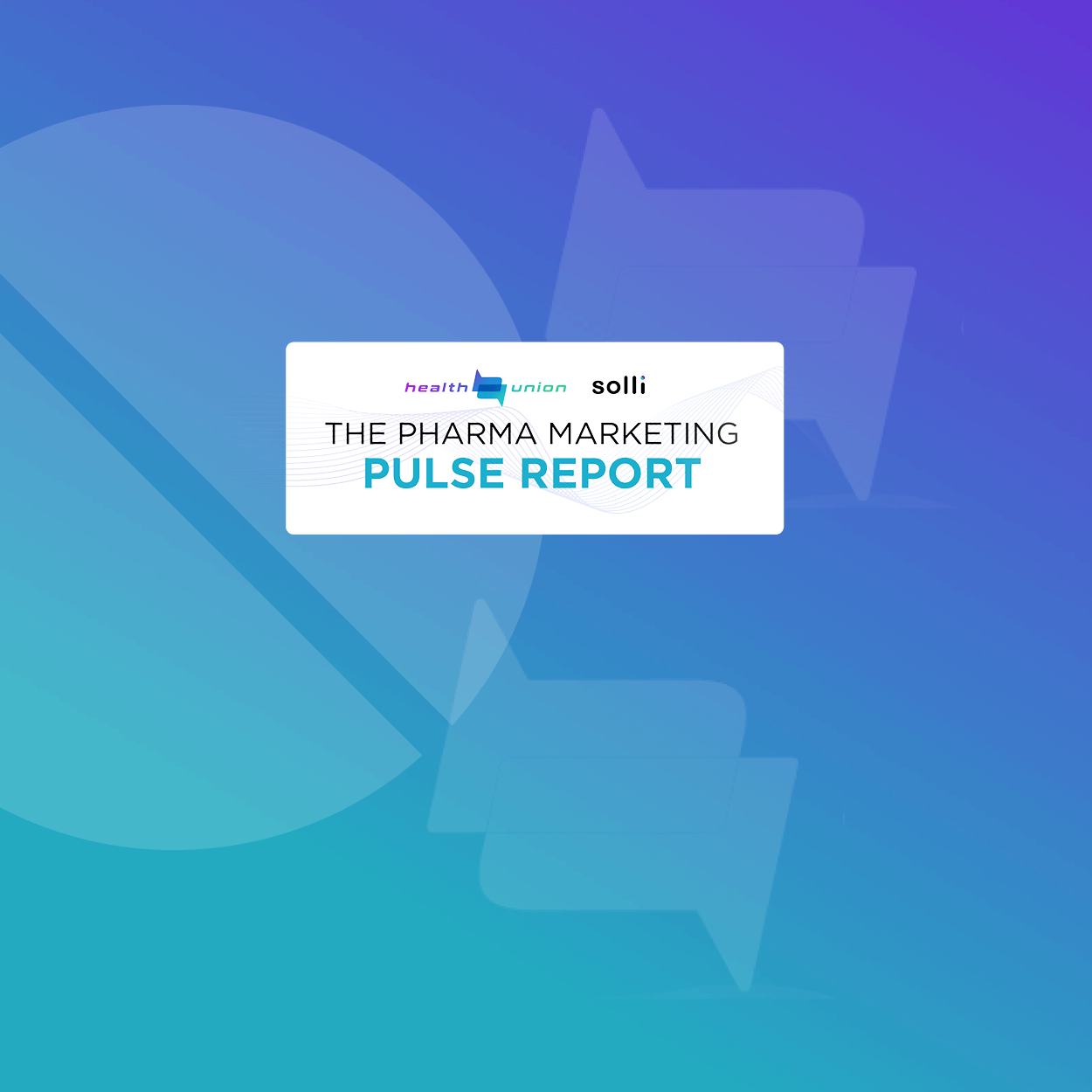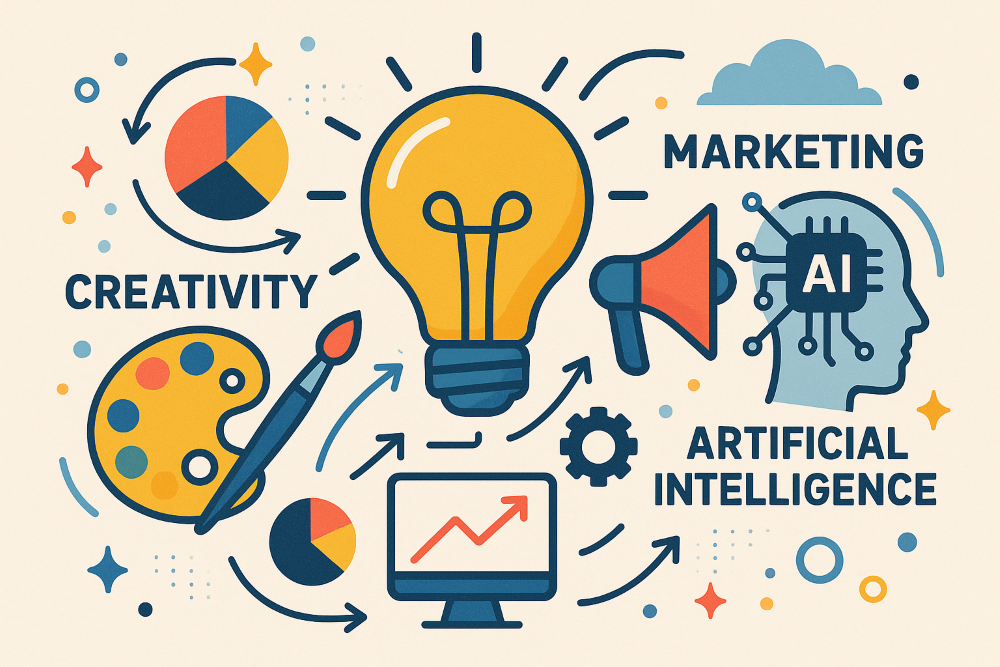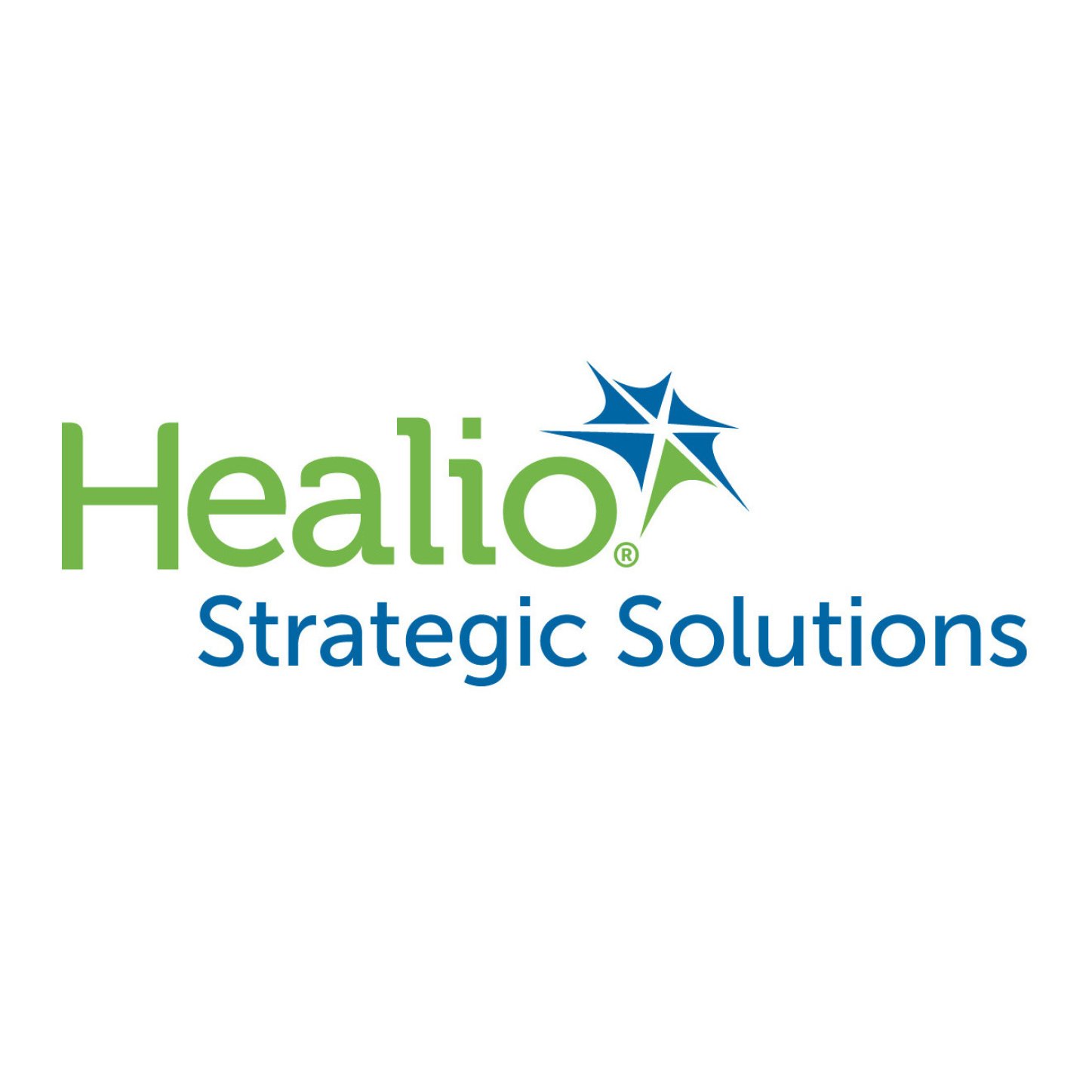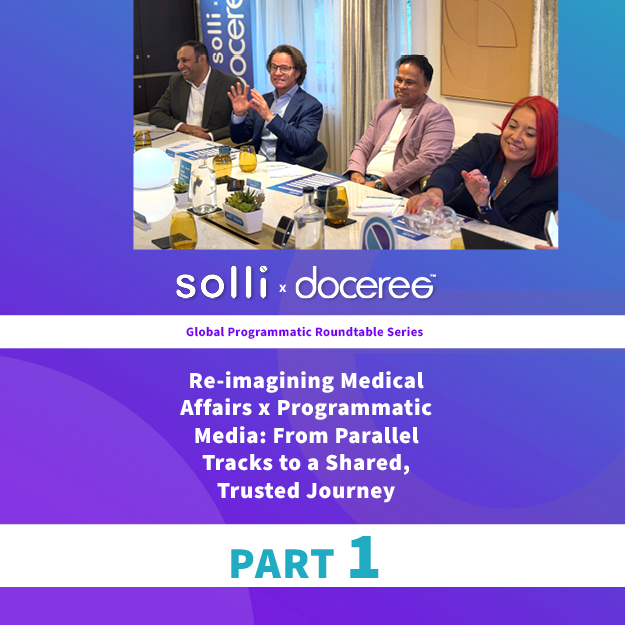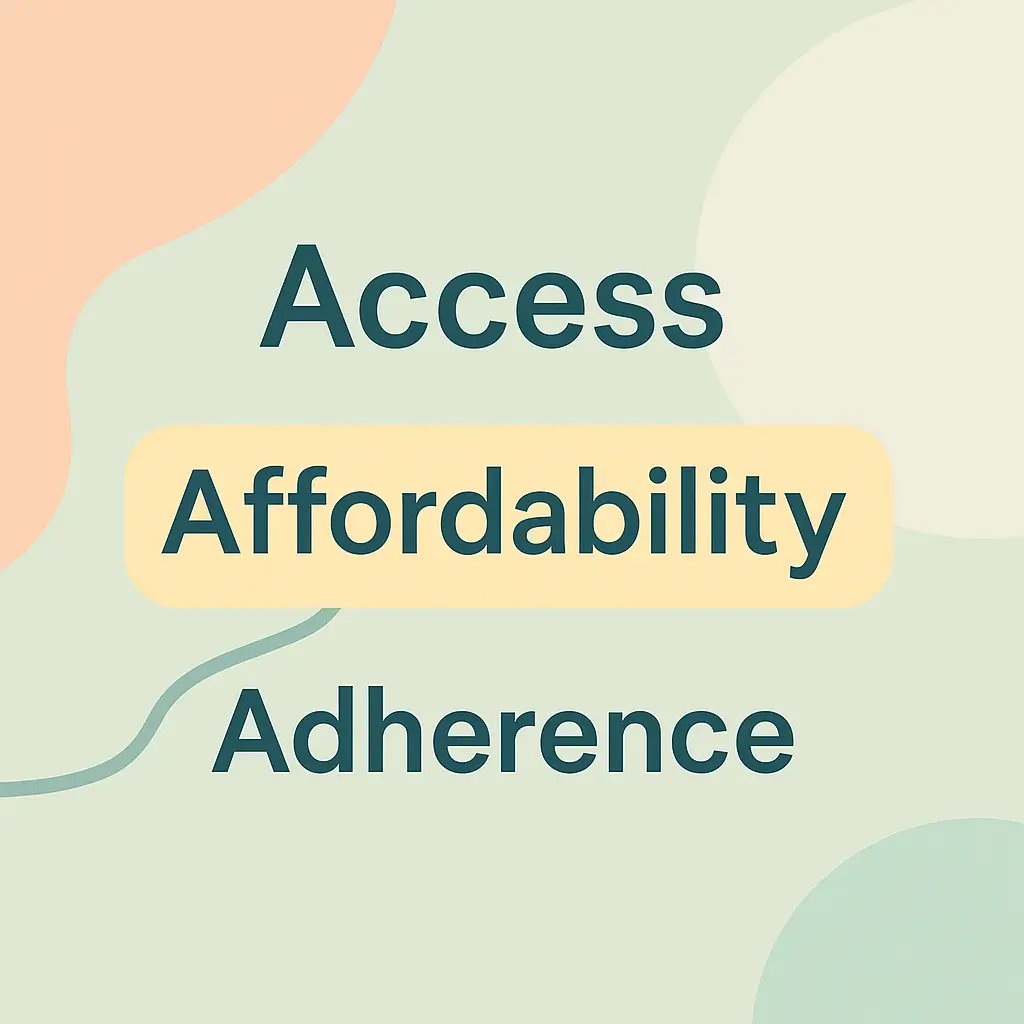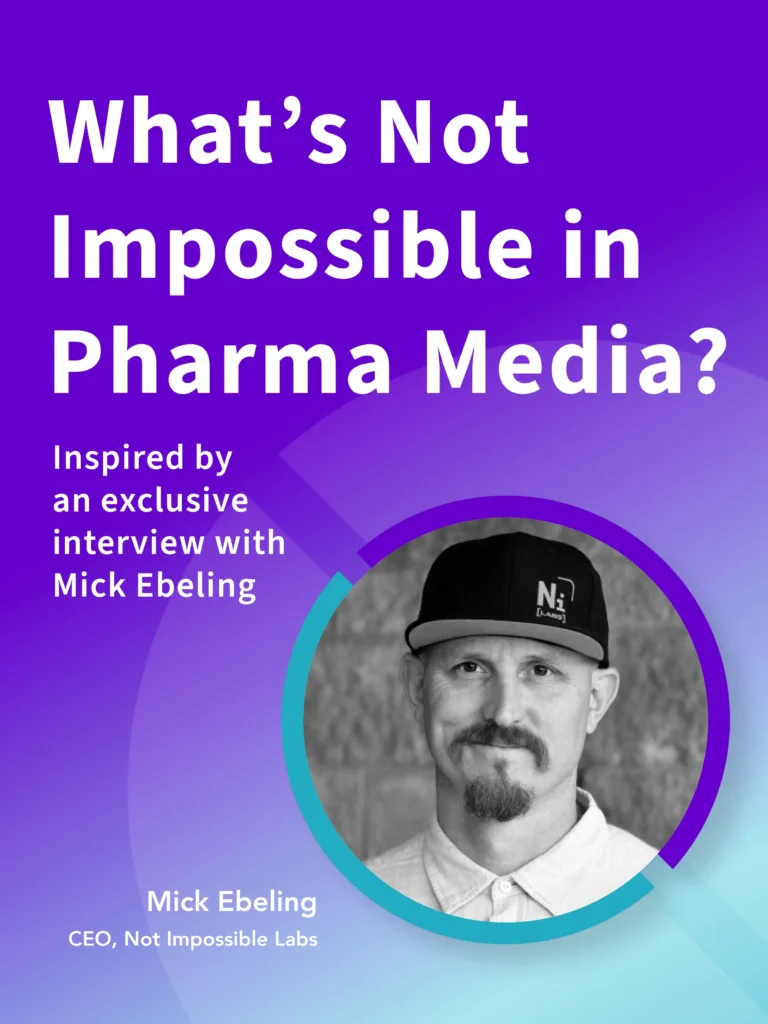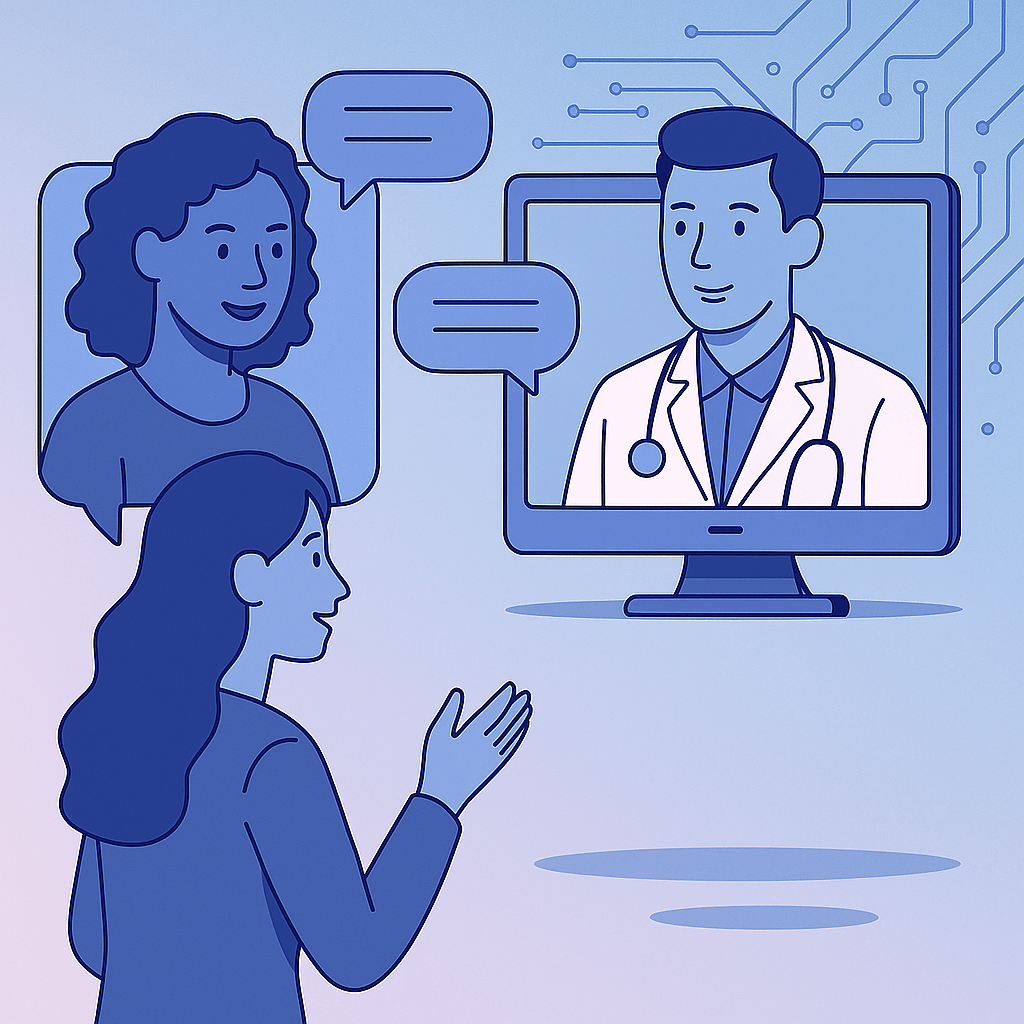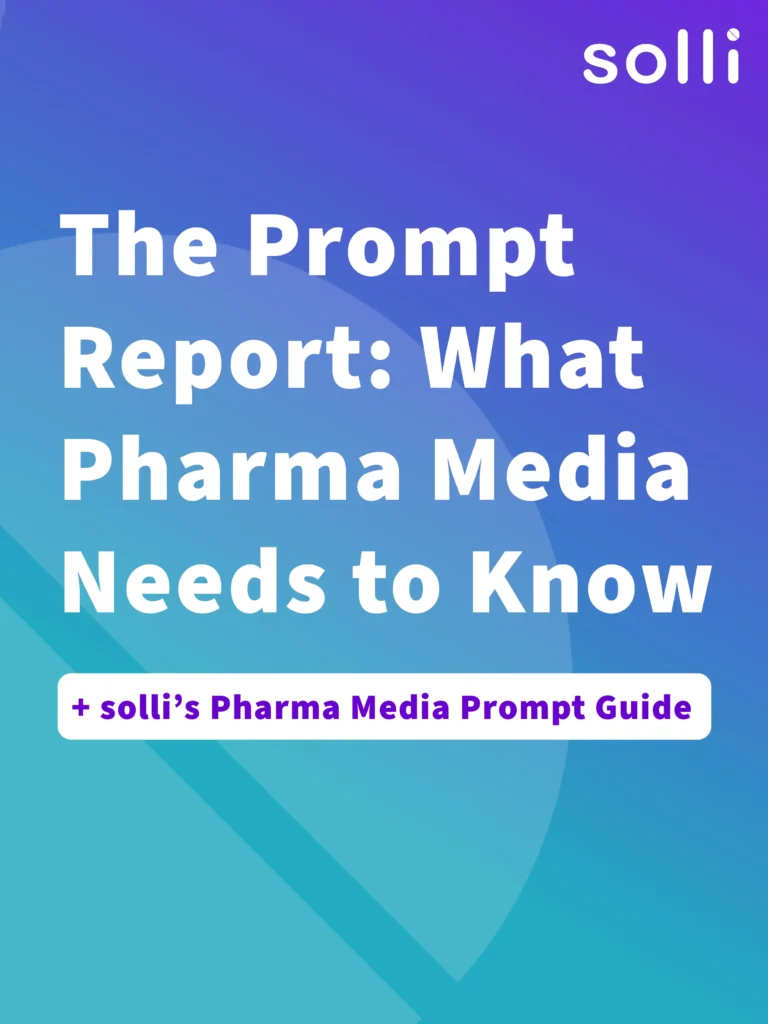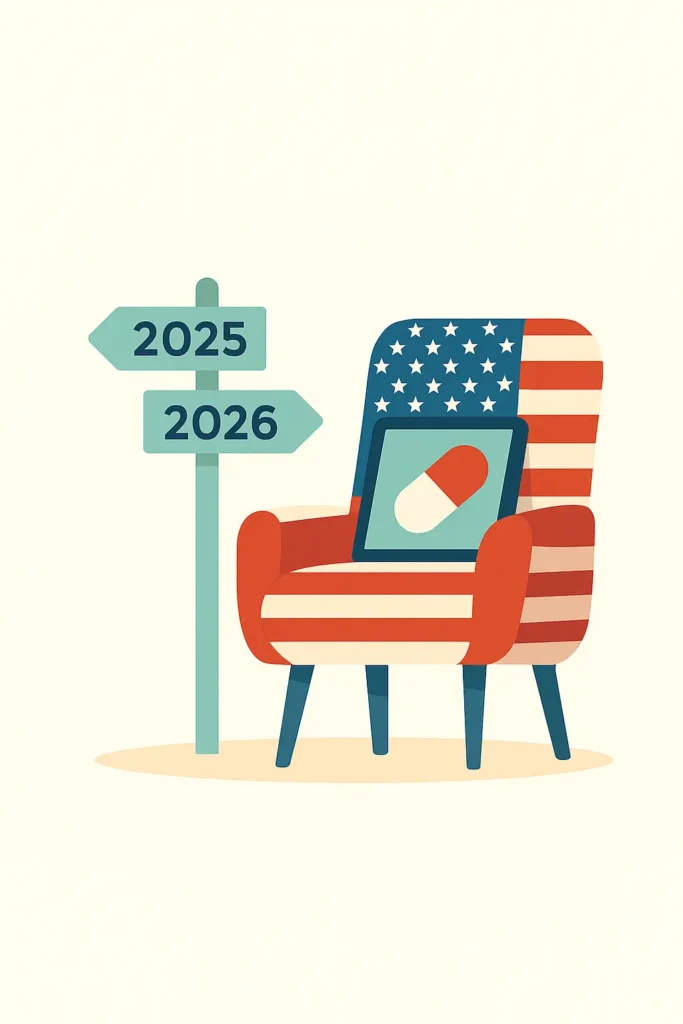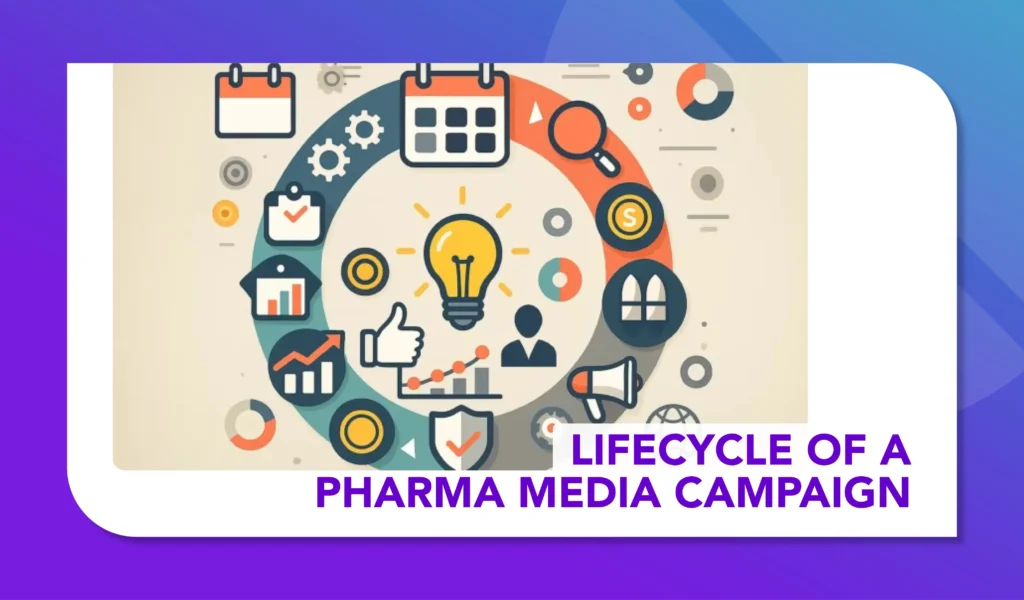Relic or Renaissance? The Potential Value of Journal Article Reprints
Can e-prints / reprints find new relevance in today's digital age?
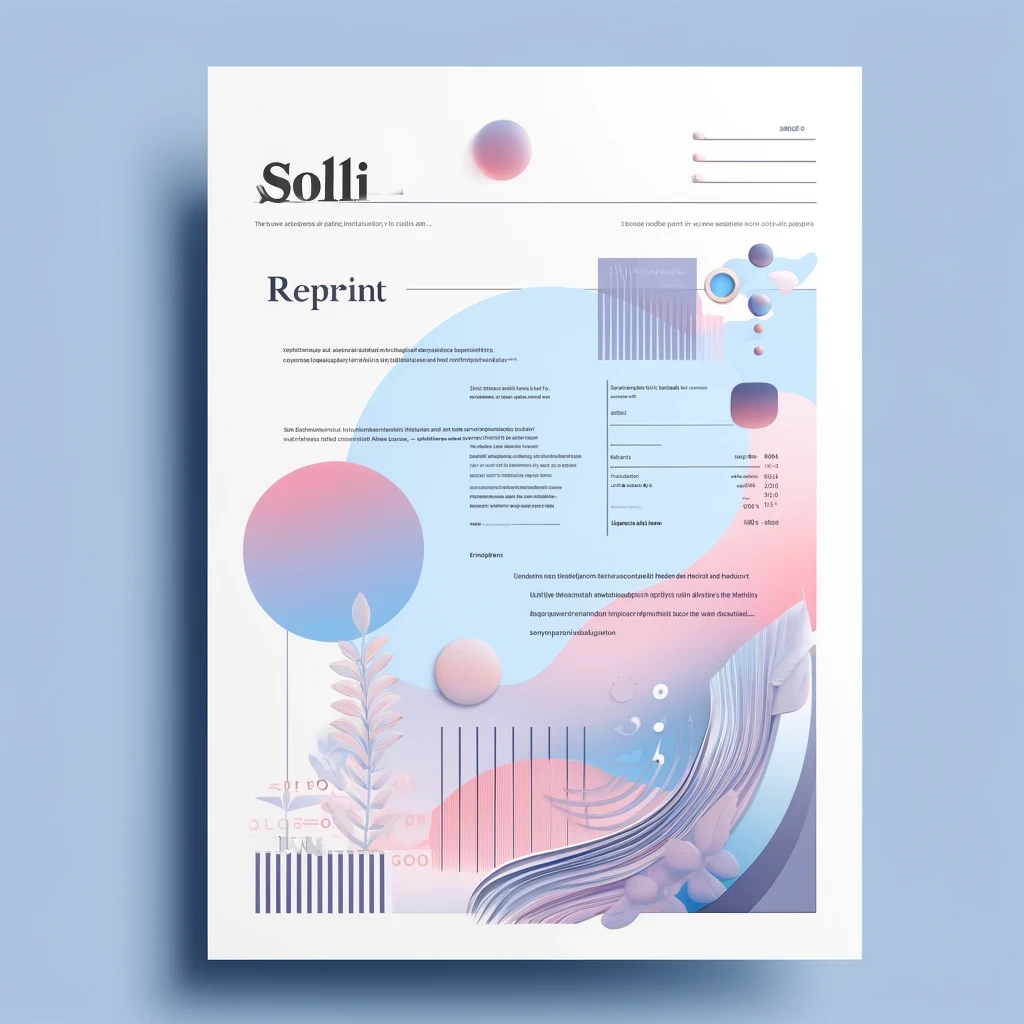
In the fast-evolving world of pharmaceutical marketing, where digital innovations and new technologies often steal the spotlight, journal article reprints might seem like a relic of the past. However, these seemingly old-fashioned tools hold immense potential to connect with healthcare professionals (HCPs) on a deeper level.
For many pharmaceutical companies, reprints are an underused gem. But why? Why aren’t all companies leveraging every tool available to them? The answer is clear—they should be. Let’s explore why reprints deserve a prominent place in your marketing strategy, even amidst the latest technological advancements.
The Basics: What Are Reprints?
Journal article reprints are bulk reproductions of articles previously published in academic journals. For pharma companies, these reprints serve as a powerful way to promote new products and disseminate important information. Recognized by HCPs as credible and valuable, these reprints often come with a journal-branded cover, with optional disclaimers and logos for added context.
Reprints vs. ePrints: A Matter of Medium
Think of reprints as the traditional, tangible method—physical copies of articles that HCPs can hold and read. Despite growing environmental concerns, many in the pharma industry still prefer paper reprints. On the other hand, ePrints offer the same valuable content in a digital format, adding layers of functionality and convenience for the modern user.
Practical Applications: Bringing Reprints to Life
Reprints and ePrints are versatile tools that can enhance various aspects of pharma marketing:
- Rep Visits & Follow-ups: Enhance face-to-face interactions and e-detailing with valuable content.
- Email Campaigns: Embed links and integrate with platforms like Veeva for a seamless user experience.
- Conferences: Showcase both paper reprints and ePrints at booths to engage attendees.
- Brand Websites: Host papers to attract HCPs with high-quality, valuable content.
- Banner Ads: Offer ePrints as exit options for HCPs to access full articles.
- Translations: Make content accessible and relevant at the local level.
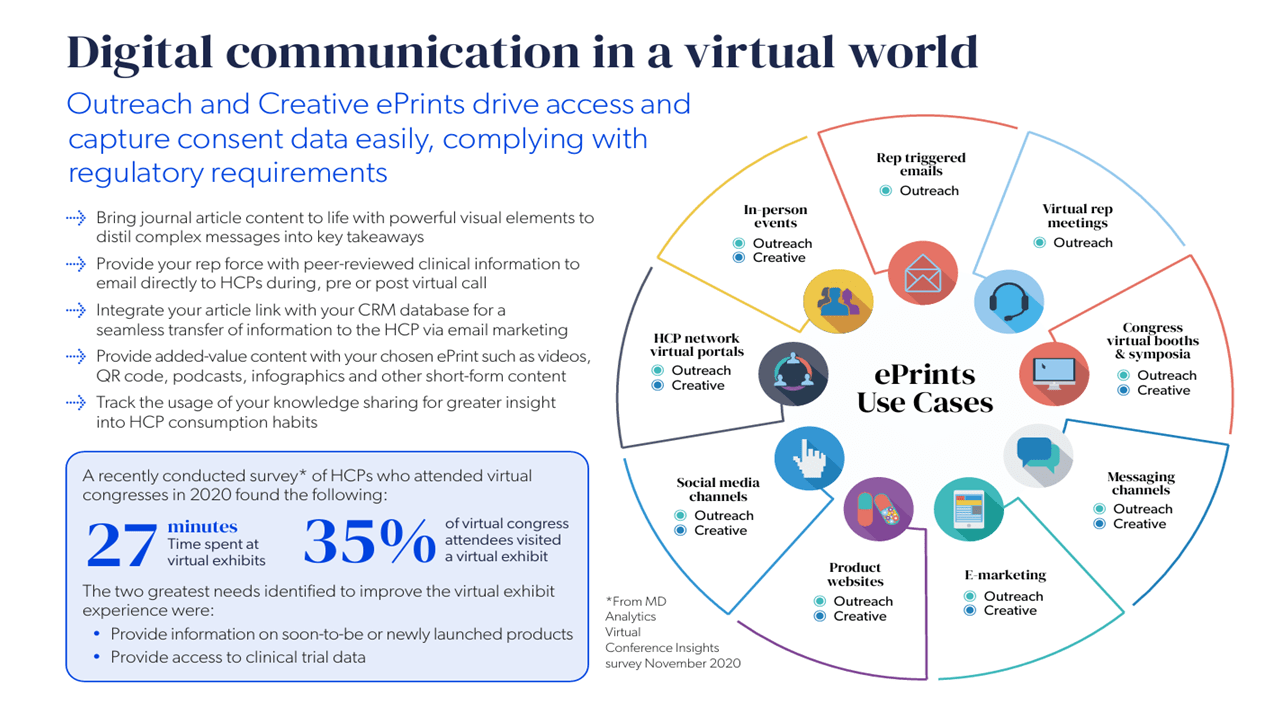
Reproduced by kind permission of Oxford University Press
Nadia Gurney-Randall, Reprints Consultant at NGR Healthcare Reprints Limited, underscores this versatility: “My pharma clients buy paper and digital reprints because it is an effective and independent means of delivering the original peer-reviewed paper to their target market. HCPs want to see the evidence base for themselves.”
The Evolution of Giveaways
Remember the days when pharma congresses handed out pens, teddy bears, and other trinkets? Today, stringent “transfer of value” clauses mean that all giveaways must be recorded and compliant. This leaves reprints and ePrints as some of the few compliant, valuable giveaways that pharma reps can provide, ensuring they remain an integral part of your marketing strategy. Though “transfer of value” does already apply to ePrints in some countries, such as USA and France.
Trust and Value: The HCP Perspective
HCPs have made it clear—they trust peer-reviewed journal articles significantly more than pharma-produced content. The statistics back this up:
- Peer-reviewed journal articles are the most trusted source for staying up to date with medical information (Wiley 2021 HCP engagement survey, global. n=1,016).
- 80% of HCPs mistrust pharma’s digital content, with data cherry-picking being a top concern.
- Medical journals are considered useful by 80% of HCPs, compared to 34% for pharma mailings (HDMS Hospital Doctor Media Survey, July 2023).
- 89% of HCPs would likely or very likely change their prescribing habits based on published content in its original form (NEJM survey of 617 US-based HCPs, February 2023).
Richard Young, Reprints Sales Manager at Oxford University Press, emphasizes the importance of credibility: “Article reprints and ePrints are a tried and tested solution, valued by HCPs globally. In an industry where compliance is paramount, the independence and credibility of rigorously peer-reviewed content are more important than ever.”
Navigating Licenses and Open Access
The use and commercial reuse of reprints depend on the original paper’s license. While there’s been a shift towards Open Access, many pharma-sponsored articles are still under restrictive licenses (CC-BY-NC or CC-BY-NC-ND). These require reprints to be ordered directly from the publisher, or via intermediary agencies, ensuring compliance and proper use.
The Prestige of Journals: A Mark of Excellence
Papers on safety and efficacy are crucial for drug approval, making them highly valuable to HCPs. Prestigious journals, often affiliated with learned societies, add credibility to these papers. Acceptance rates for top journals like The Lancet and NEJM are around 5%, underscoring the importance and novelty of the published research. Having reprints from these high-impact journals is especially valuable.
Clinical Practice Guidelines: The Gold Standard
Clinical Practice Guidelines, often published by society titles, serve as the “comprehensive guide” for treating specific conditions. When a pharma product is mentioned in these guidelines, reprints become even more valuable, offering a trusted source that HCPs regularly consult.
Conclusion: A Call to Action
Jan van den Burg, CEO of Tangent90, highlights the engagement potential of ePrints: “ePrints are among the most trusted forms of content. A recent NEJM study shows that 89% of HCPs would likely or very likely change their prescribing habits based on published content in its original form. This is a great opportunity for pharma companies to enhance HCP engagement.”
While reprints might seem like a relic of the past in the age of digital innovation, they hold great value among the new technology. The versatility and credibility of reprints make them a powerful tool in pharma marketing.
Steve Simmonds is the Founder and Director of SJS Health Consulting Ltd. He has over 20 years of experience in pharmaceutical media, both publisher and agency side. His company provides paid media strategy and planning within the healthcare vertical, on a global basis. Sometimes this may include Reprints.
References

